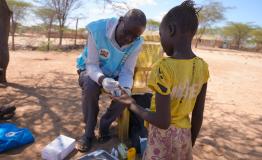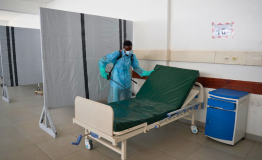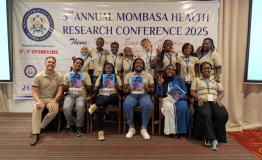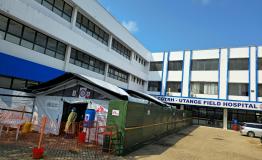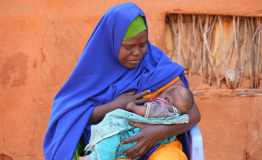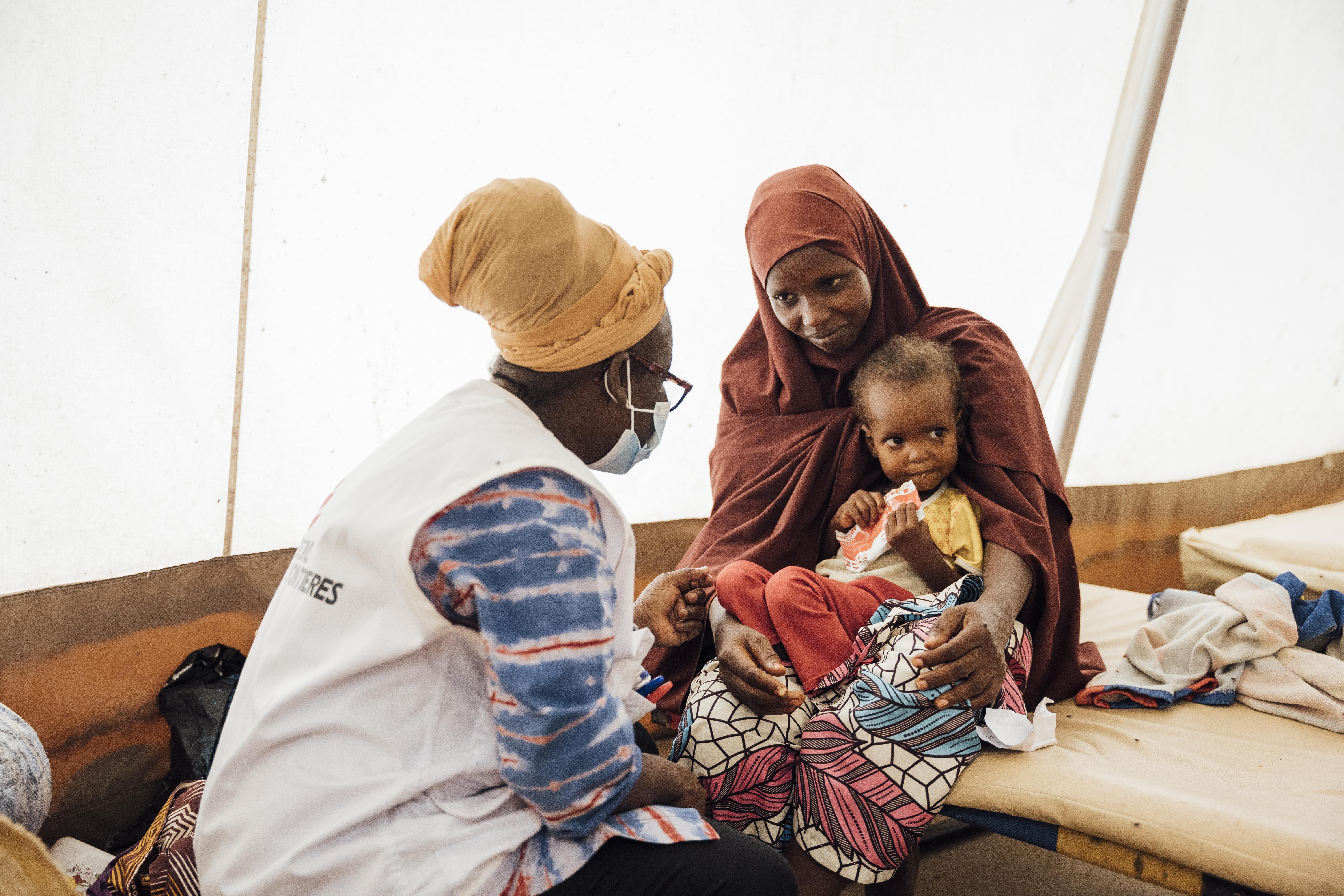
Access to Healthcare
Together we can make a difference
Campaign
19 Dec 2025
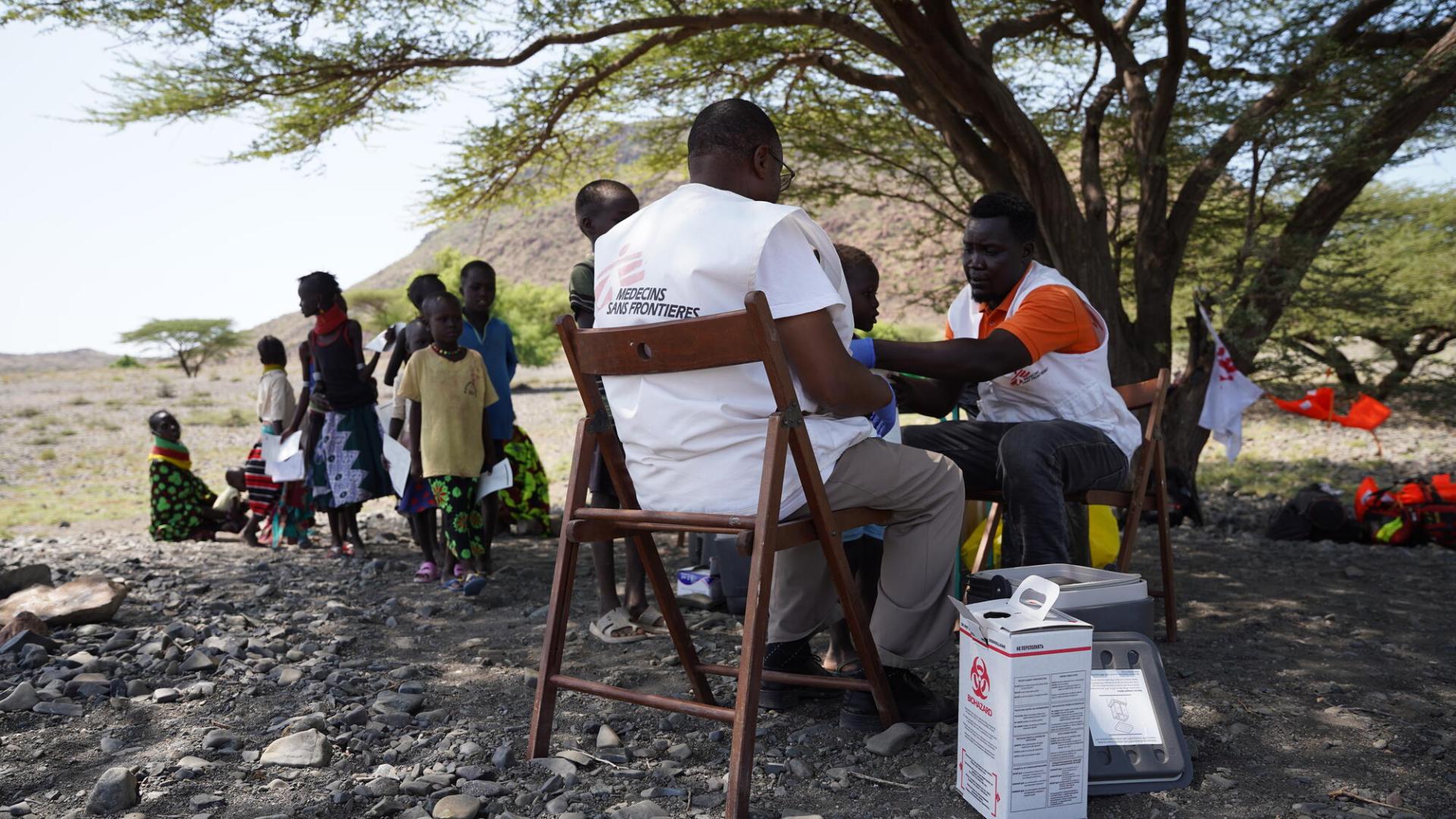
In 2024, drought, conflict, and growing humanitarian needs continued to drive people to seek refuge in Dadaab, an already overcrowded camp complex hosting more than 350,000 refugees. Our teams maintained essential healthcare services in and around the camps particularly in Dagahaley while consistently calling for improved living conditions and increased humanitarian assistance to meet rising needs.

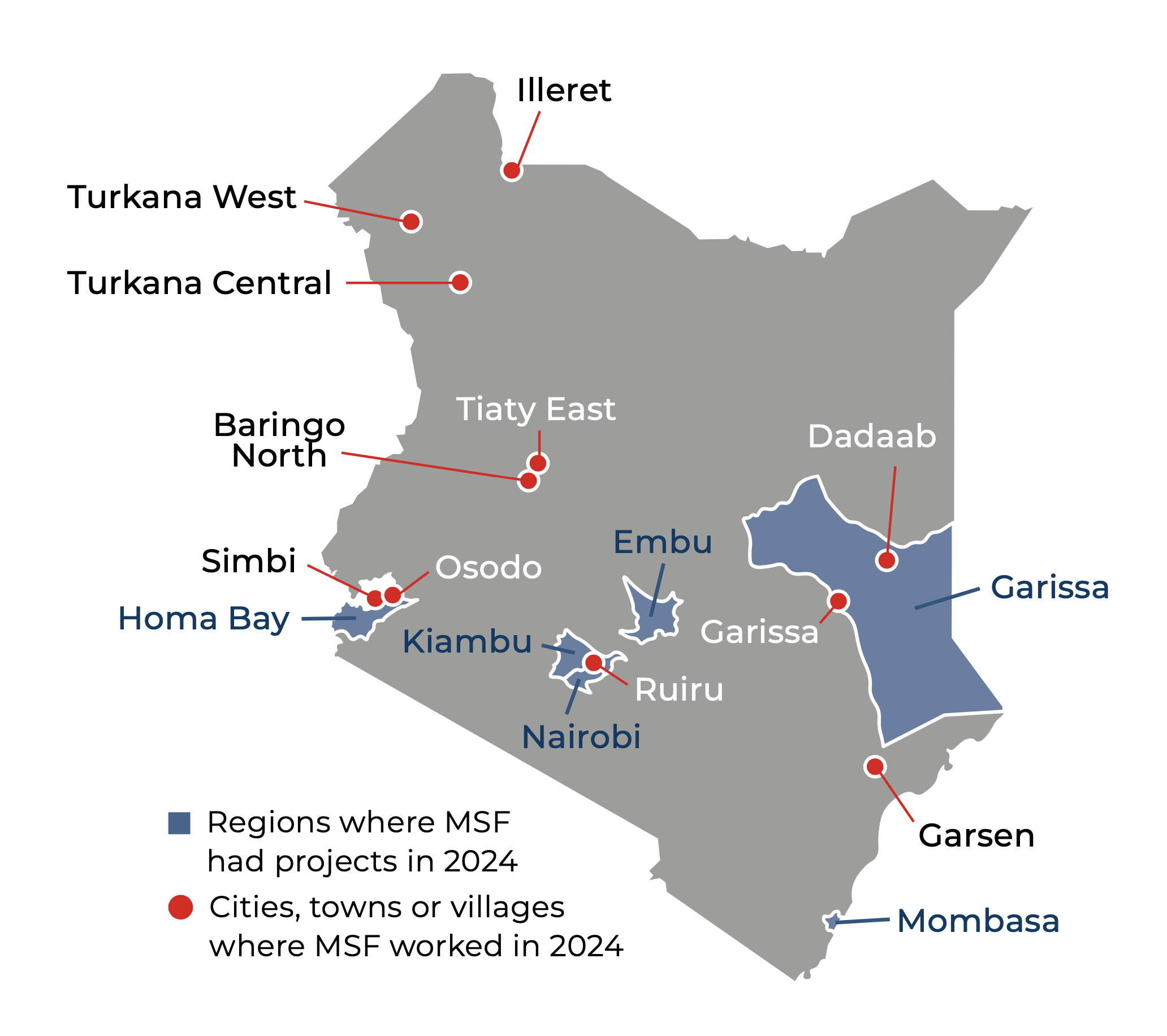
.

